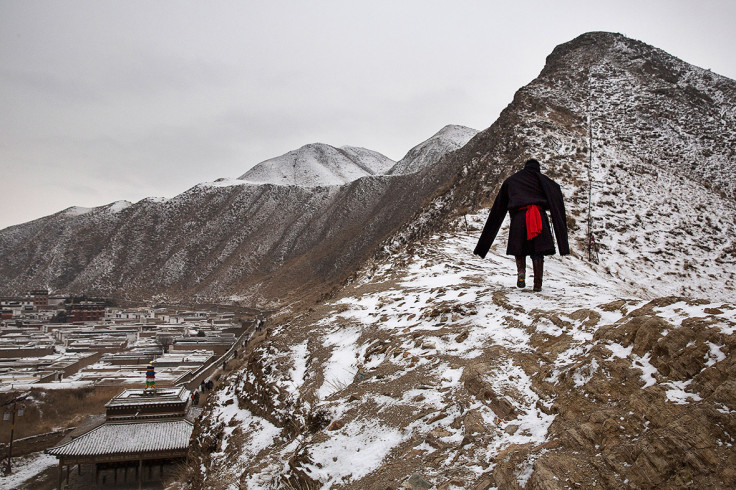Tibet glaciers' fast retreat causing huge, dangerous glacial lakes

China's glaciers, mostly in Tibet, have retreated by about 7,600km sq, nearly 18%, in the last 65 years.
Even the thick ice around the base camp of Everest has disappeared exposing the stones, says Zhang Mingxing, director of Tibet's mountaineering administration center.
Liu Shiyin, who led a survey of China's glaciers, told Xinhua that retreating glaciers will release meltwater and create lakes, leading to disaster.
Glacial lakes in Tibet were breached 15 times between the 1930s and 1990s, causing floods and mudslides.
Kang Shichang of the institute of Tibetan Plateau research, part of the Chinese Academy of Sciences (CAS) calculates that glaciers around the mountain have shrunk by 10% since 1974, feeding a glacial lake downstream which is now 13 times bigger.
China has more than 46,000 glaciers, mainly on the Qinghai-Tibet Plateau.
India's soot problem
The melting glaciers will inevitably lead to ecological impacts and are an important part of the climate system. "They are sources of life for China's western arid regions," said Kang.
"They are sources of life for China's western arid regions," said Kang.
Kang wants more research on glaciers and climate change, and better use of the meltwater. A warning system on glacier lakes is needed to protect local people.
"If glaciers do not have ice and mountains do not have snow, what will our lives become? Humans must make every effort to protect nature and co-exist with it," said Ngawang Doa, a monk from a monastery on the foot of Mount Qomolangma.
Jiang Bai, from the regional environmental protection department, claims local governments are committed to protecting the environment.
Chinese researchers have blamed India for contributing to the pollution of the icy Tibetan plateau and the melting of snow there, saying the black carbon from forest fires, crop burning and domestic cooking stoves in south Asia can rise over the Himalayas to settle on the plateau.
The Chinese Academy of Sciences' Institute of Tibetan Plateau Research in Beijing said that ice-core samples taken from the southeastern Tibetan Plateau show rising soot concentrations during times of rapid industrial growth in India.
© Copyright IBTimes 2025. All rights reserved.





















